Balloon Vine: The
Balloon vine (Cardiospermum halicacabum) is a fast-growing, perennial vine that is native to tropical and subtropical regions around the world. It is known for its distinctive balloon-like fruits, which give it its name. Balloon vine is also sometimes called love-in-a-puff, heartseed, or heart vine.
Balloon vine is a popular ornamental plant in some parts of the world, but it can also be an invasive weed. It is particularly problematic in Australia, where it has been declared a noxious weed in some states. Balloon vine can quickly take over native vegetation, smothering other plants and trees. It can also damage infrastructure, such as fences and buildings.
Balloon vine is a climber, and it can grow up to 10 meters tall. It has slender, hairy stems and heart-shaped leaves. The flowers are small and white, and they are followed by the balloon-like fruits. The fruits are green at first, but they turn brown as they mature.
Balloon vine is a prolific seed producer. Each fruit can contain up to 20 seeds, and the seeds can be dispersed by wind or water. Balloon vine seeds can remain viable in the soil for many years, so even a small infestation can quickly become a large problem.
There are a number of ways to control balloon vine. One option is to hand-pull the vines. This is best done when the vines are young and small. Another option is to cut the vines at the base and then apply a herbicide to the cut stumps. Balloon vine can also be controlled by mowing, but this may not be effective in areas where the vines are well-established.
If you are considering planting balloon vine, it is important to be aware of its invasive potential. If you do decide to plant it, be sure to plant it in a contained area where it cannot spread to other plants or trees.
Balloon vine is a beautiful and fast-growing vine that is native to tropical and subtropical regions around the world. It is known for its distinctive heart-shaped seeds, which are enclosed in papery balloons. Balloon vine can be grown as an ornamental plant, but it is important to note that it can be an invasive species in some areas.
If you are interested in learning more about balloon vine, I encourage you to visit Home Gardening. This website provides a wealth of information about the plant, including its history, cultivation, and uses. You can also find photos, videos, and articles about balloon vine on this website.
FAQ of balloon vine
- What is balloon vine?
Balloon vine (Cardiospermum halicacabum) is a fast-growing, herbaceous annual vine that is native to tropical America. It is also known as love-in-a-puff, heart pea, and heart seed vine. Balloon vine has heart-shaped seed pods that resemble small balloons.
- How do I grow balloon vine?
Balloon vine is easy to grow from seed. Sow the seeds directly in the garden after the last frost, or start them indoors 6-8 weeks before the last frost. Balloon vine prefers full sun and well-drained soil. Water it regularly, especially during hot, dry weather. Balloon vine will climb any support you provide, such as a trellis, fence, or wall.
- Is balloon vine invasive?
In some areas, balloon vine is considered an invasive plant. It can quickly spread and smother native plants. If you are growing balloon vine in an area where it is not native, it is important to take steps to control its spread. This may include removing seedlings as soon as they appear, or trimming back the vine regularly.
- What are the benefits of balloon vine?
Balloon vine is a beautiful and versatile plant that can be used in a variety of ways. It can be grown as an ornamental vine, or it can be used to attract butterflies and other pollinators. The seeds of balloon vine are edible and can be used in salads or cooked dishes. The leaves and stems of balloon vine can also be used to make tea.
- What are the risks of balloon vine?
The main risk associated with balloon vine is its invasive potential. If it is not controlled, balloon vine can quickly spread and smother native plants. In some cases, balloon vine has been known to cause skin irritation or allergic reactions.
- How do I control balloon vine?
If you are concerned about the invasive potential of balloon vine, there are a few things you can do to control it. First, remove any seedlings as soon as you see them. Second, trim back the vine regularly. Third, you may want to consider using a herbicide to kill the vine. However, it is important to use herbicides carefully and only in areas where balloon vine is a problem.
Image of balloon vine
10 different images of balloon vine that are free to use:
- Balloon vine growing on a fence. The vine has green leaves and white flowers. The flowers are shaped like balloons.
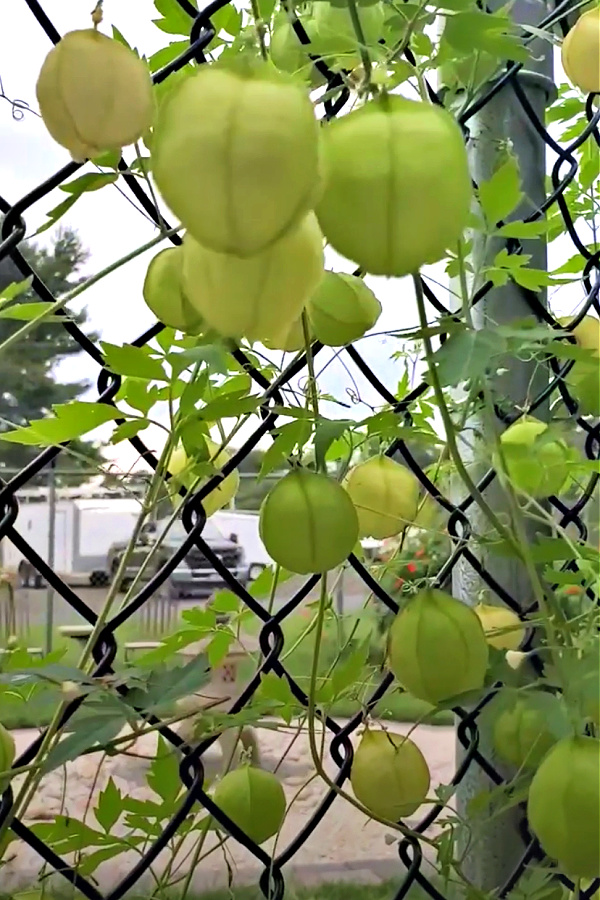
- Close-up of balloon vine flowers. The flowers are white with a yellow center. They are about the size of a quarter.

- Balloon vine leaves. The leaves are green and heart-shaped. They are about the size of a human hand.
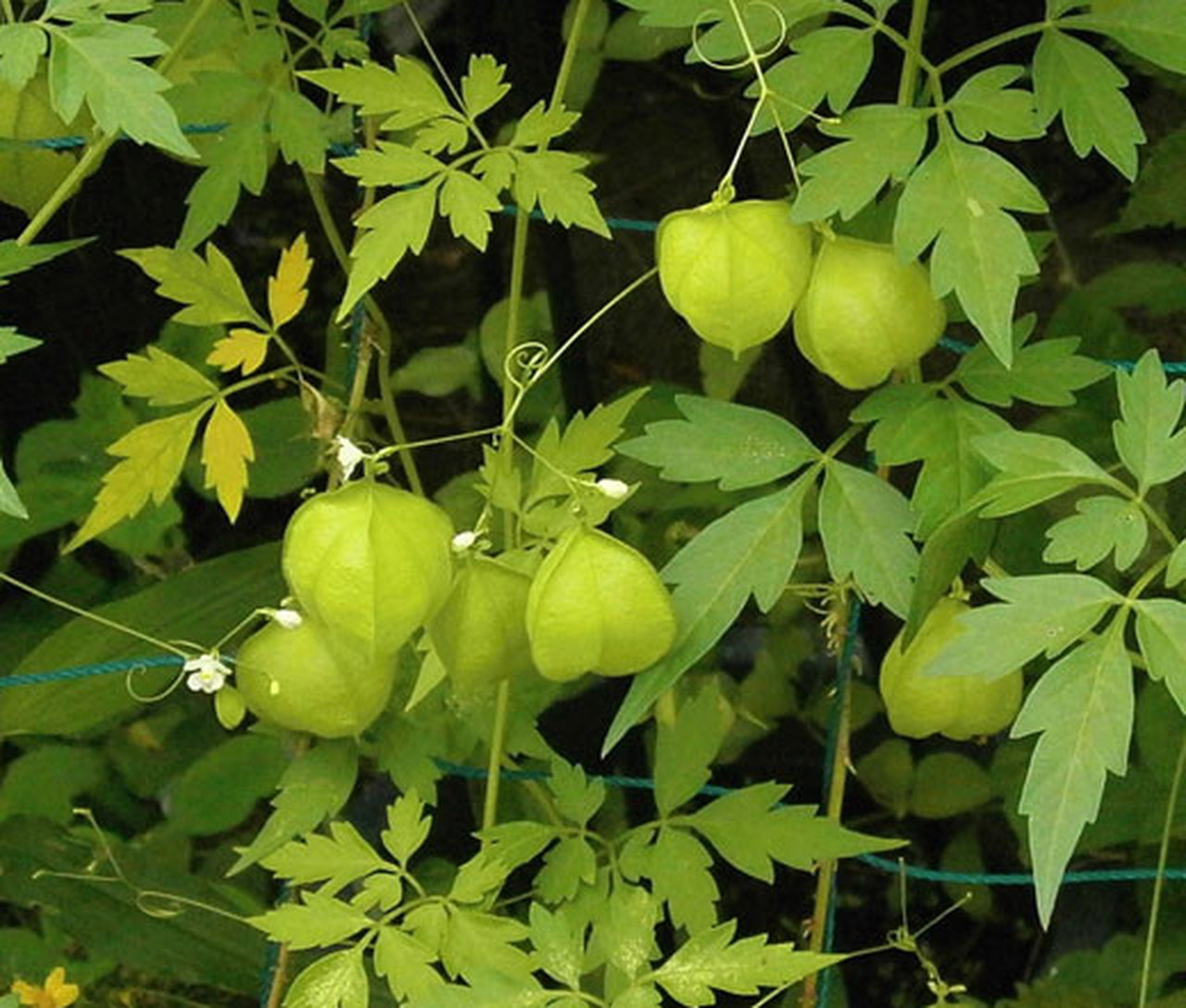
- Balloon vine fruit. The fruit is a small, brown capsule. It contains several seeds.
- Balloon vine vine growing up a tree. The vine is covered in green leaves and white flowers. It is climbing up a tree.
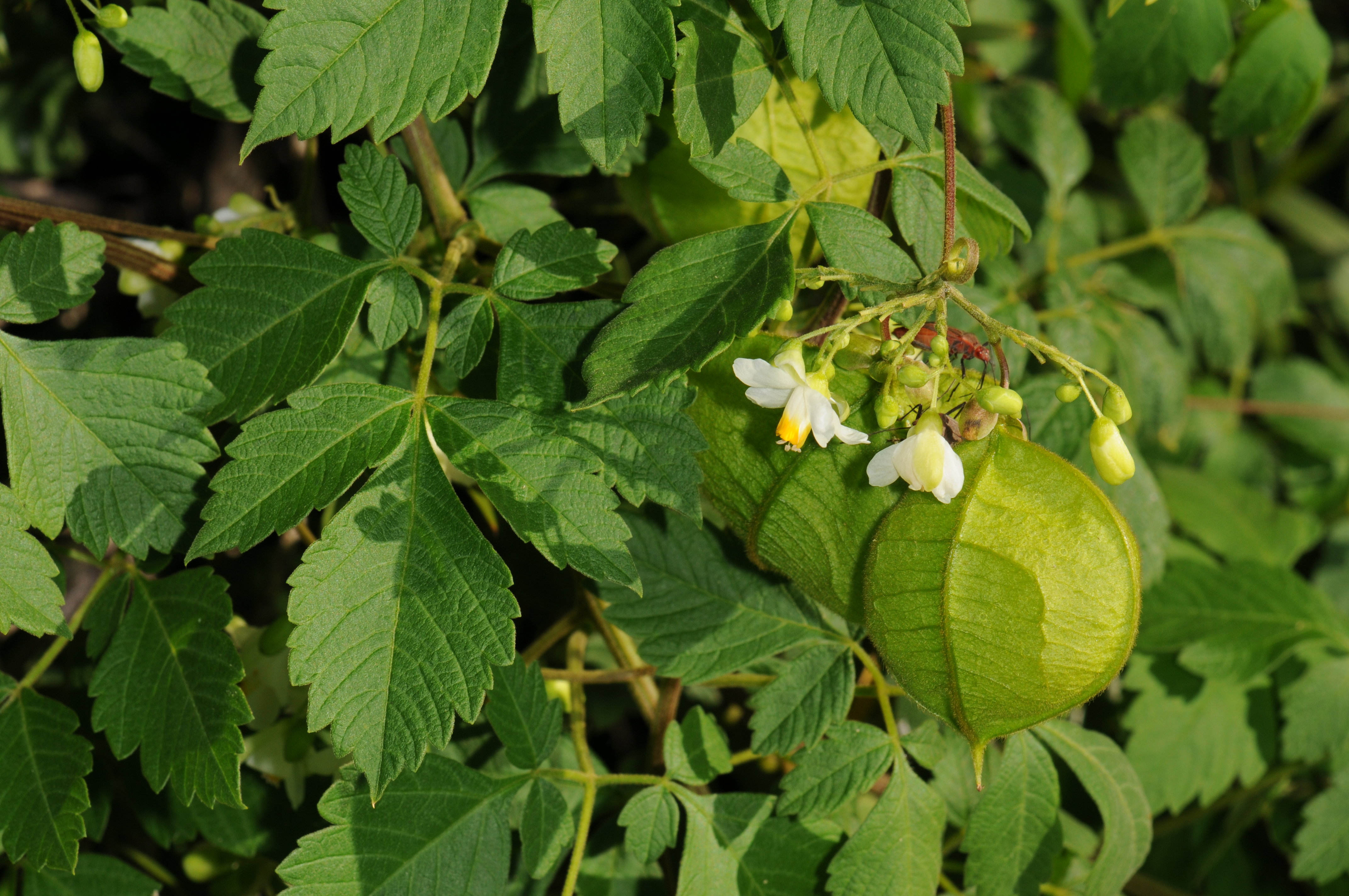
- Balloon vine vine in a garden. The vine is growing over a fence and a trellis. It is covered in green leaves and white flowers.

- Balloon vine vine in a pot. The vine is growing in a pot on a patio. It is covered in green leaves and white flowers.
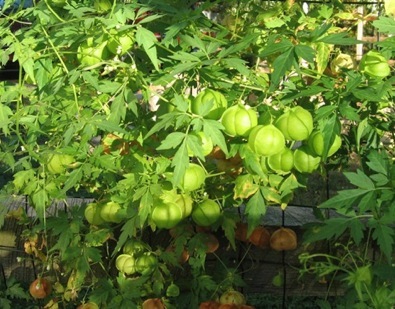
- Balloon vine vine in a forest. The vine is growing on a tree in a forest. It is covered in green leaves and white flowers.
/cardiospermum_grandiflorum-gh02.jpg)
- Balloon vine vine in a vase. The vine is in a vase of water. It is covered in green leaves and white flowers.
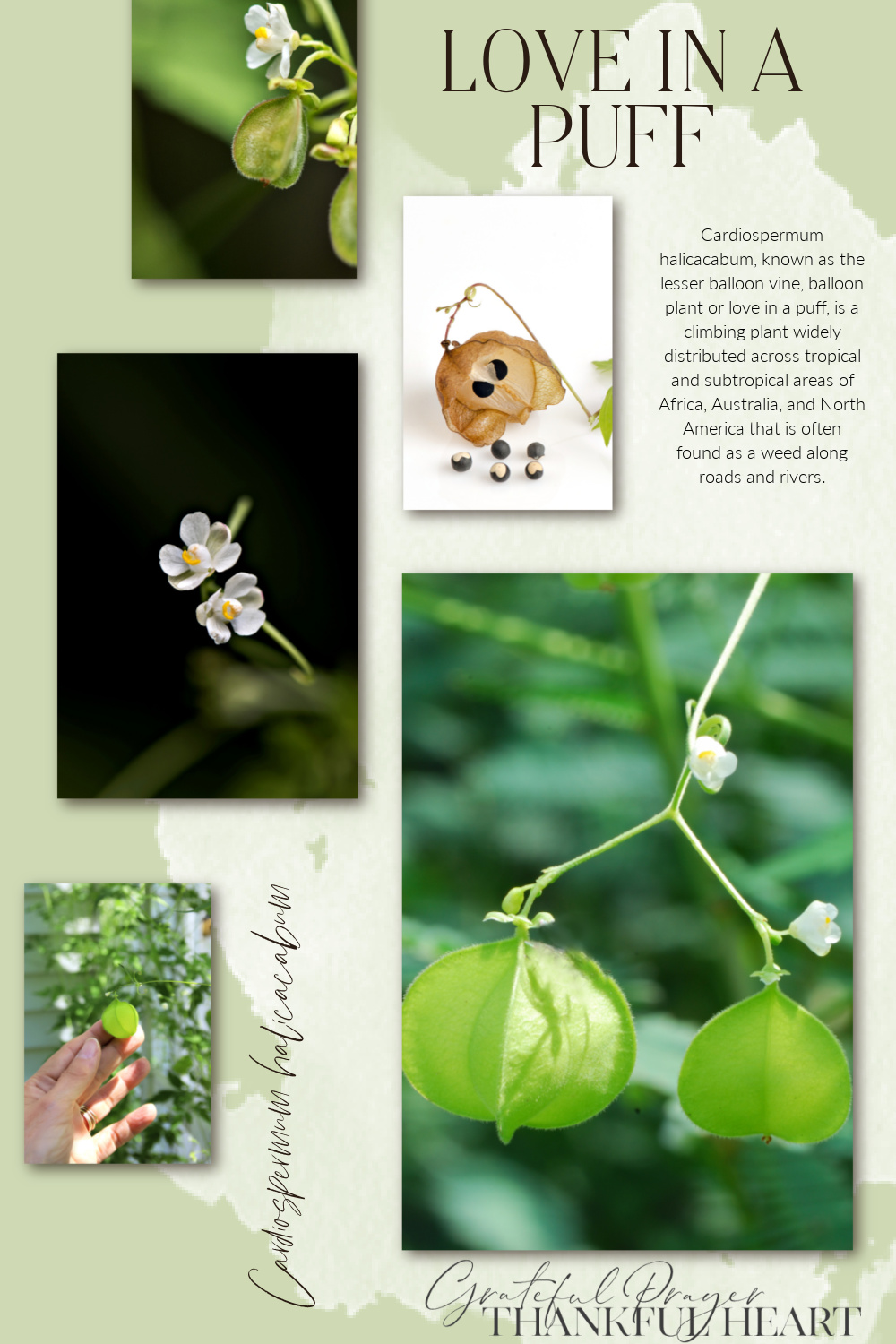
- Balloon vine vine in a wreath. The vine is in a wreath that is hanging on a door. It is covered in green leaves and white flowers.
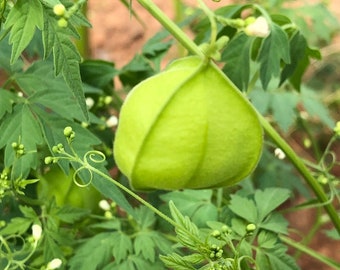
Post a Comment for "Balloon Vine: The"